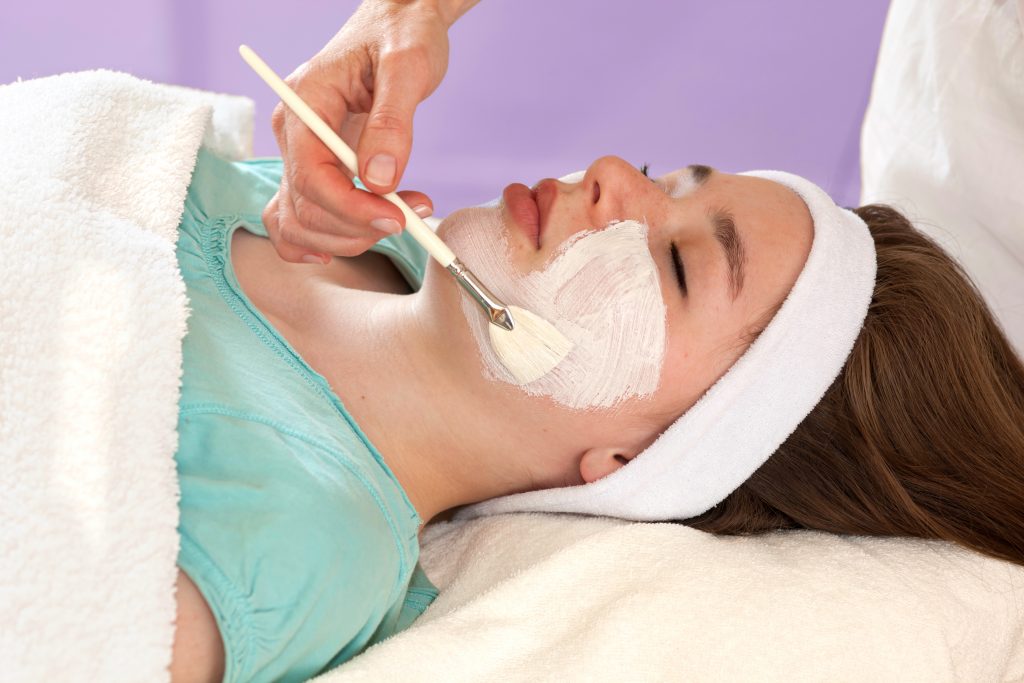 Living in the UAE guarantees us a certain degree of exposure to the sun. This exposure can lead to a number of skin problems, one of which is Melasma. Lola Ali Muhammad, Medical Aesthetician and Skin & Laser specialist at Dubai Cosmetic Surgery clinic, explains the ins and outs of this common skin ailment, which she treats on a daily basis.
Living in the UAE guarantees us a certain degree of exposure to the sun. This exposure can lead to a number of skin problems, one of which is Melasma. Lola Ali Muhammad, Medical Aesthetician and Skin & Laser specialist at Dubai Cosmetic Surgery clinic, explains the ins and outs of this common skin ailment, which she treats on a daily basis.
Melasma, according to Lola, is a very common disorder of uneven skin tone patches on the skin. This appears mostly on the exposed areas of the face, neck and hands. And although the condition is common in both males and females, it tends to affect mostly women. When it comes to the skin type that melasma affects, she notes that Melasma affects all types of skin around the globe. “But the condition is more aggressive in countries with stronger sun and UV radiation for the better part of the year like the Middle East, compared to countries in Eastern Europe.”
So what really causes Melasma? The cause of Melasma, explains Lola, has yet to be completely understood, but exposure to UV radiation, pregnancy, genetics, hormones, cosmetic products and some types of medication plays a role in this skin disorder.
If you are suffering from Melasma and you are not sure about it, all you have to do is check if you have some “rusty” coloured patches of melanin deposits on your skin since it is proven that UV rays exposure to the skin causes oxidative damage to its components which leads to this pigmentation. “It is also important to see a skin specialist to determine if what you have is Melasma or something else”.
The most affected parts of the body that are targets of melasma include, as mentioned above, sun-exposed areas like the face, neck and hands. “Although it may appear that the pigmentation is on the surface, in some cases it goes deeper in the dermis,” states Lola.
DON’T MISS: Beauty Hacks for Busy Days
Treatments for Melasma
There are two types of treatments, which can be categorized as external treatment and internal treatment. External treatment includes the application of hypopigmentation agents like hydroquinone, which is supposed to inhibit the production of new melanin. Also, still on the external treatment, an exfoliation of the damaged layer on the surface of the skin is required. This is done with the use of different laser therapies and chemical peels; or both in one session. “These treatments are available at Dubai Cosmetic Surgery clinic, where we also offer free consultation,” she notes.
The internal treatment involves oral administration of vitamin E or C as well as intravenous injections with glutathione. “The results of these internal treatments might be better and efficient although they come at a cost of a number of side effects,” explains Lola, adding that not everyone who suffers from skin hyperpigmentation is a good candidate for this treatment. “A good skin specialist will have to establish the best cause of treatment depending on the patient’s lifestyle and background.”
RELATED ARTICLE: Natural Remedies for Skin-Hyperpigmentation
Managing Melasma
If a person suffering from Melasma would rather not opt for treatment, he/she can also manage it. “If the melasma is caused by medication, hormonal changes, genetics or continuous sun-exposure, then it can be managed with certain homecare rules that one can follow to keep it under control. And although the pigmentation might not get worse, it might not get better as well.”
To protect yourself from Melasma, advises Lola, it is very important to take the application of broad spectrum sunscreen seriously. “The time it takes to apply sunscreen is very minimal compared to the time it takes to finish a course of treating the skin condition. For instance, if it’s laser therapy or chemical peeling, you can have a minimum of 3 sessions, with a maximum of 6; each 3-4 weeks apart.”

